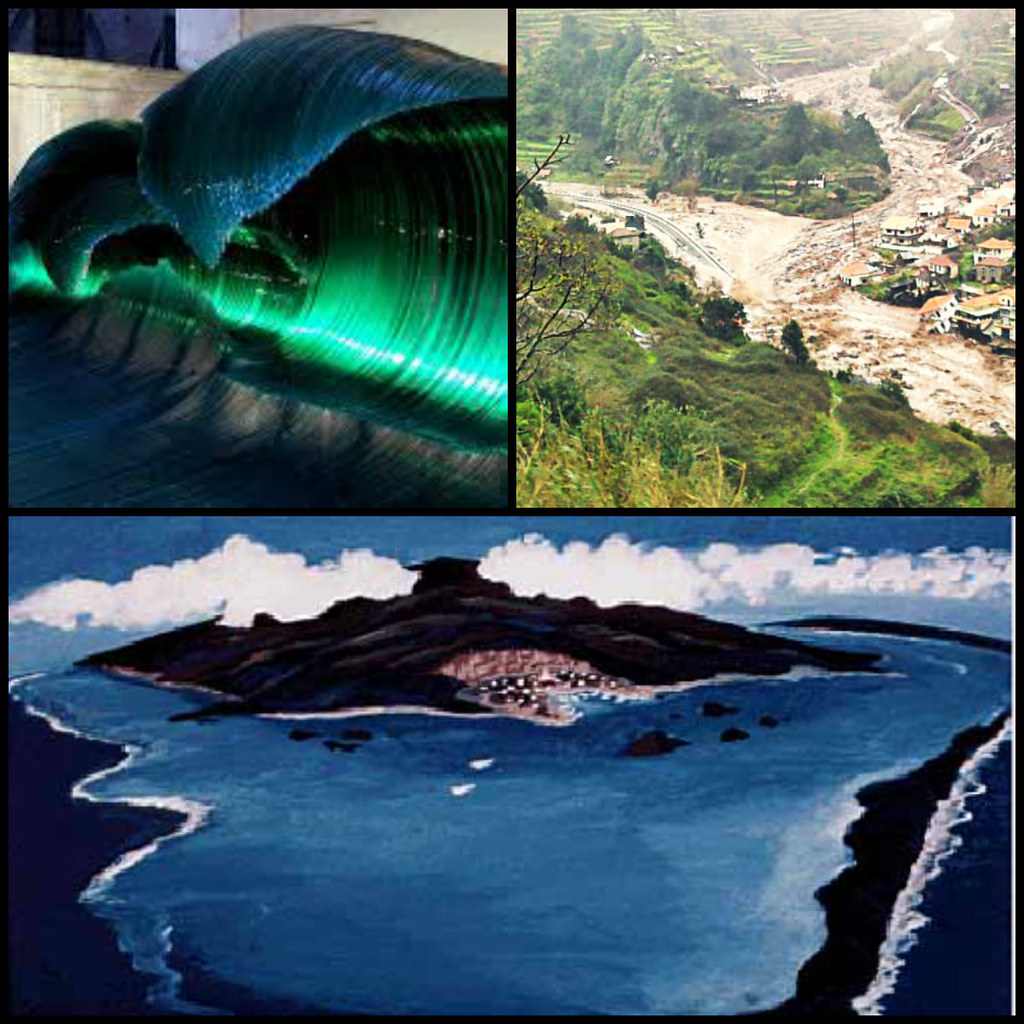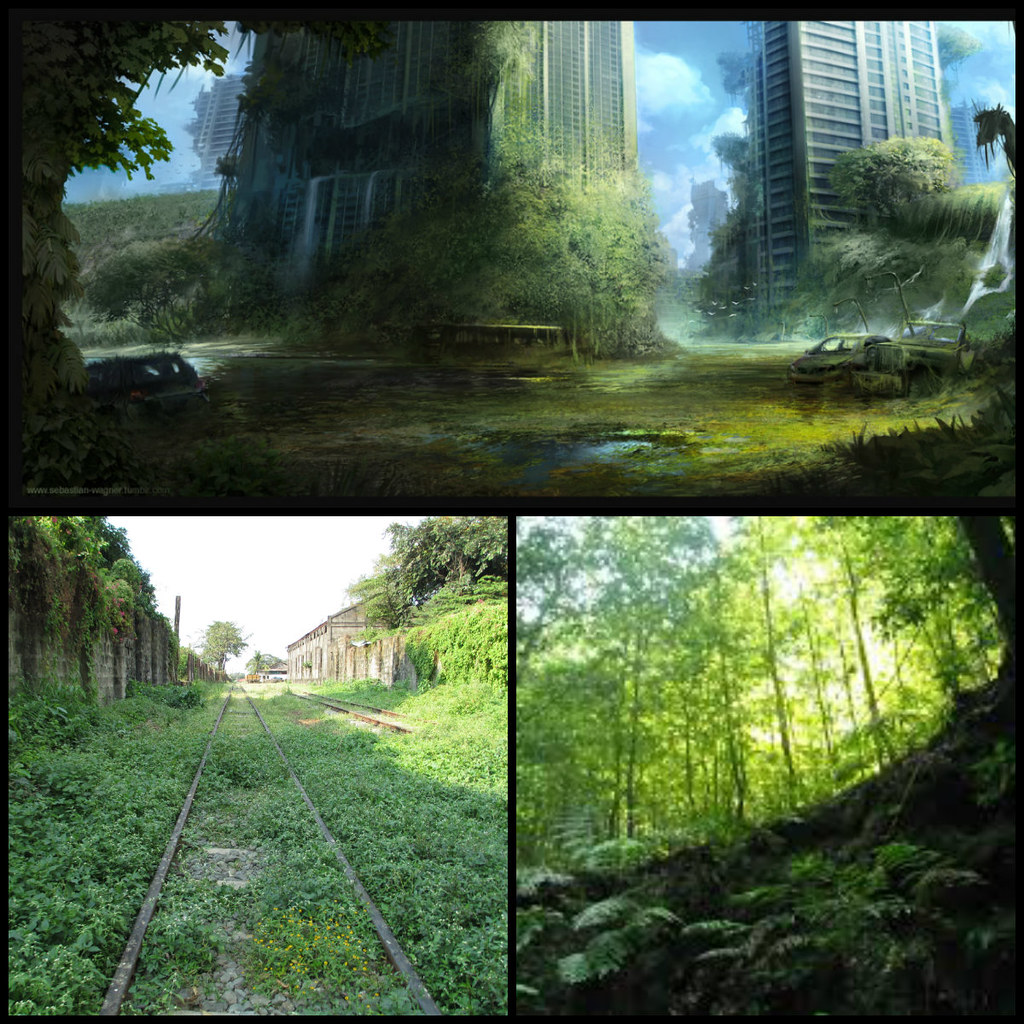Future Fabulators
Laurisilva: Collapse
The ‘collapse’ scenario explored what would happen to Madeira’s laurisilva forest if a natural or social disaster caused the collapse of the status quo. In the end we identified two main collapse scenarios: one led by nature, the other led by social factors.
In the first, drivers related to social systems would be affected and their collapse would lead to a different human organization on the island, which in its turn would affect the development of the forest and its ecosystem. Humans would eventually disappear and the forest would revert to its original state, significantly healthier and less endangered than ever before.
In the second scenario we looked at what would happen to the forest in case of a large-scale natural disaster. According to present scientific hypotheses, a large chunk of the Canary Islands is expected to break off and fall into the ocean. Such an event would cause an enormous tsunami, which would affect Madeira, the coast of Africa, and would eventually reach South America. Such a huge wave of seawater would change the face of the Madeiran coastline forever. In Madeira waters would surge by two or three hundred metres, destroying most human settlements along the coast, including the main cities of Funchal, Machico, Canical, Sao Jorge, Porto Moniz, and Calheta. Water channels would also be compromised: levada (irrigation) water would be polluted by salt and mud. Most of the population would likely perish. Many of the remaining survivors would emigrate; only a few would stay and try to rebuild their lives on the island.
In this scenario aid and rescue efforts from the mainland were limited, as they had also been affected by the disaster. Islanders retreated into the laurel forest and after some time they adapted to life there, learning to respect nature and eventually living in harmony with it. This allowed the forest to gradually expand and reach its natural boundaries, as they were before humans settled on the island and modified the ecosystem. Respecting the forest enabled humans to live better and survive longer, and in return humans and nature developed a healthier, more symbiotic relationship.
People in this scenario reorganized themselves into tribes and used the barter system as their main economic model. The laurisilva forest was given its proper respect and Laura became a sort of god, and her remedies were considered sacred. A special group of monks became dedicated to watching over what was left of the herbarium Laura had compiled centuries before.
A few adventurous visitors were curious about the island. They heard about its strange system of tribes living in harmony with nature and wanted to visit. However, a number of the relatively few tourists that now came to visit the very changed island of Madeira were reported lost and never returned. Human bones were sometimes found washed up on the beach near the rivers that came down from the forests.



One of three scenarios for Madeiran laurisilva futures:
